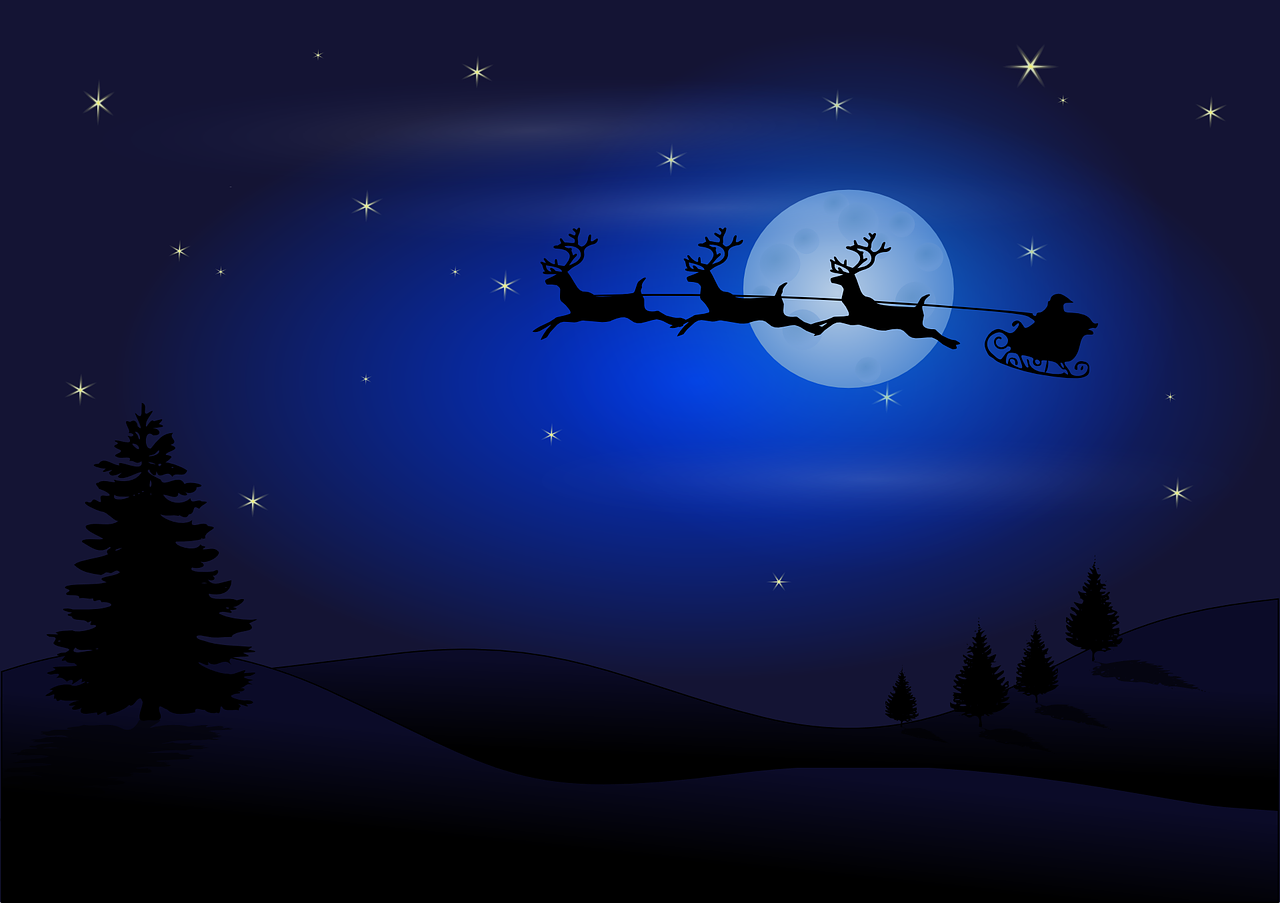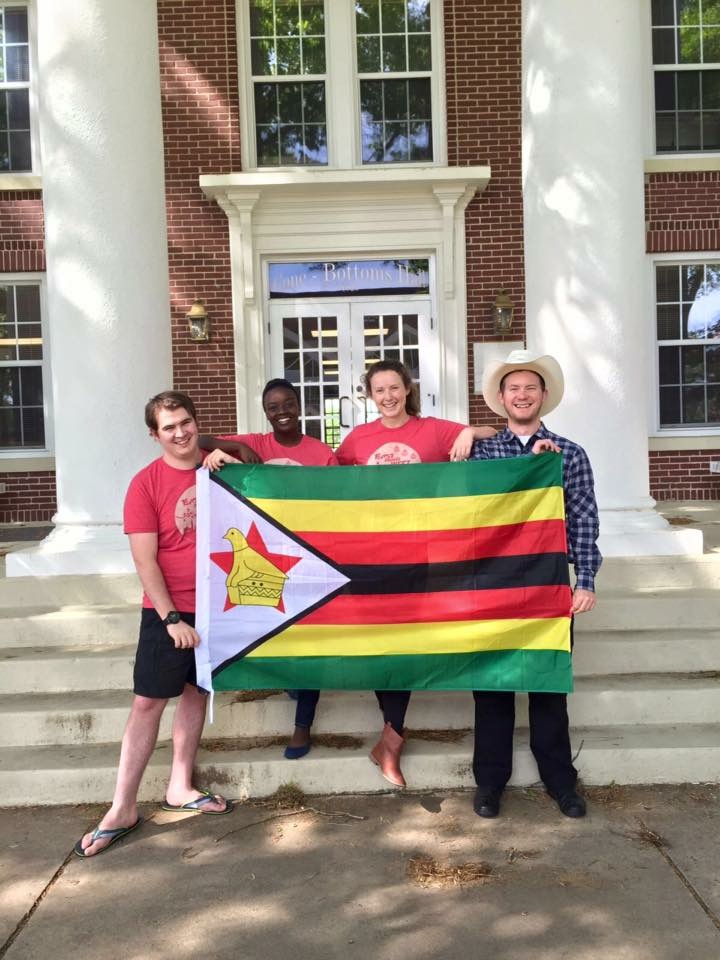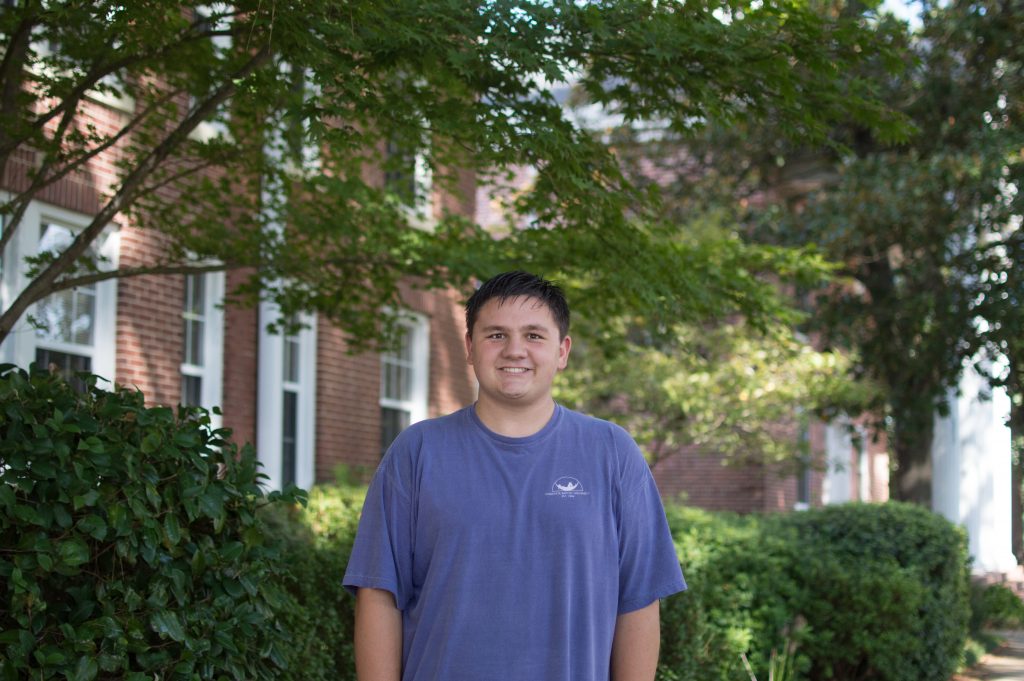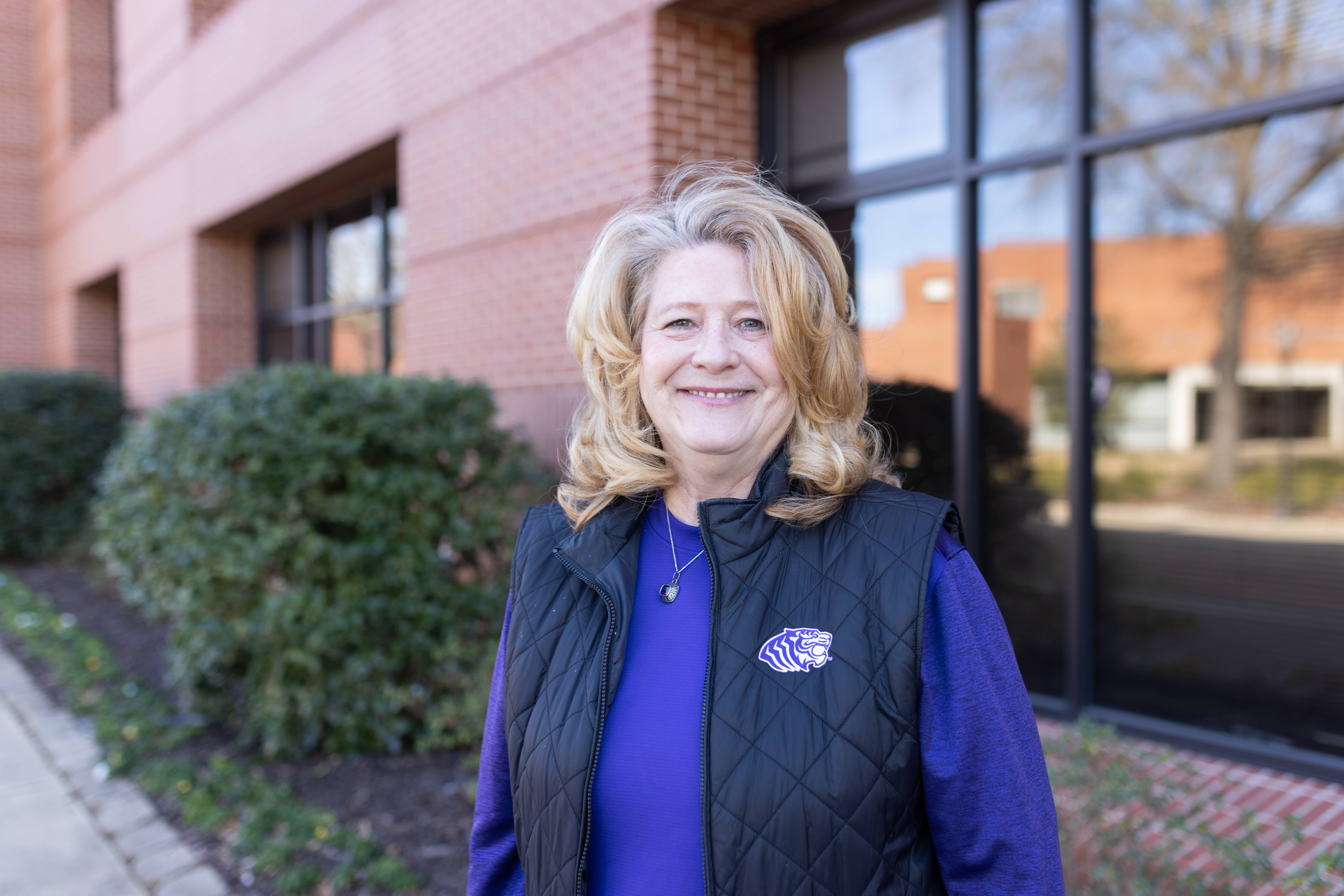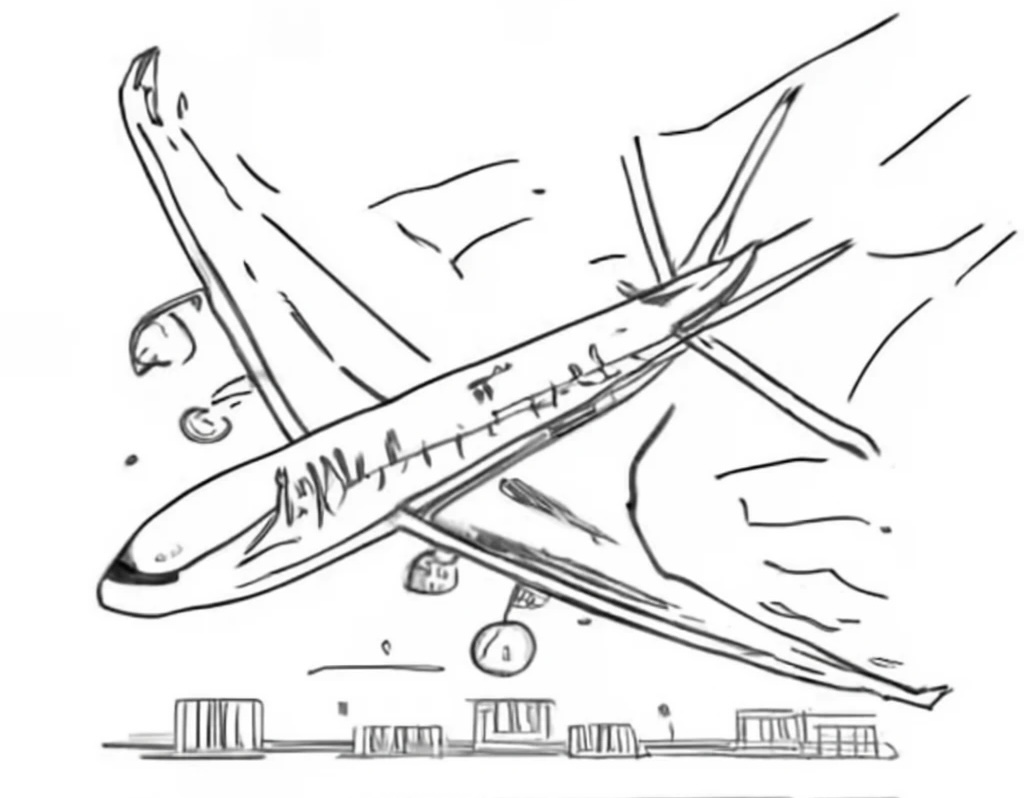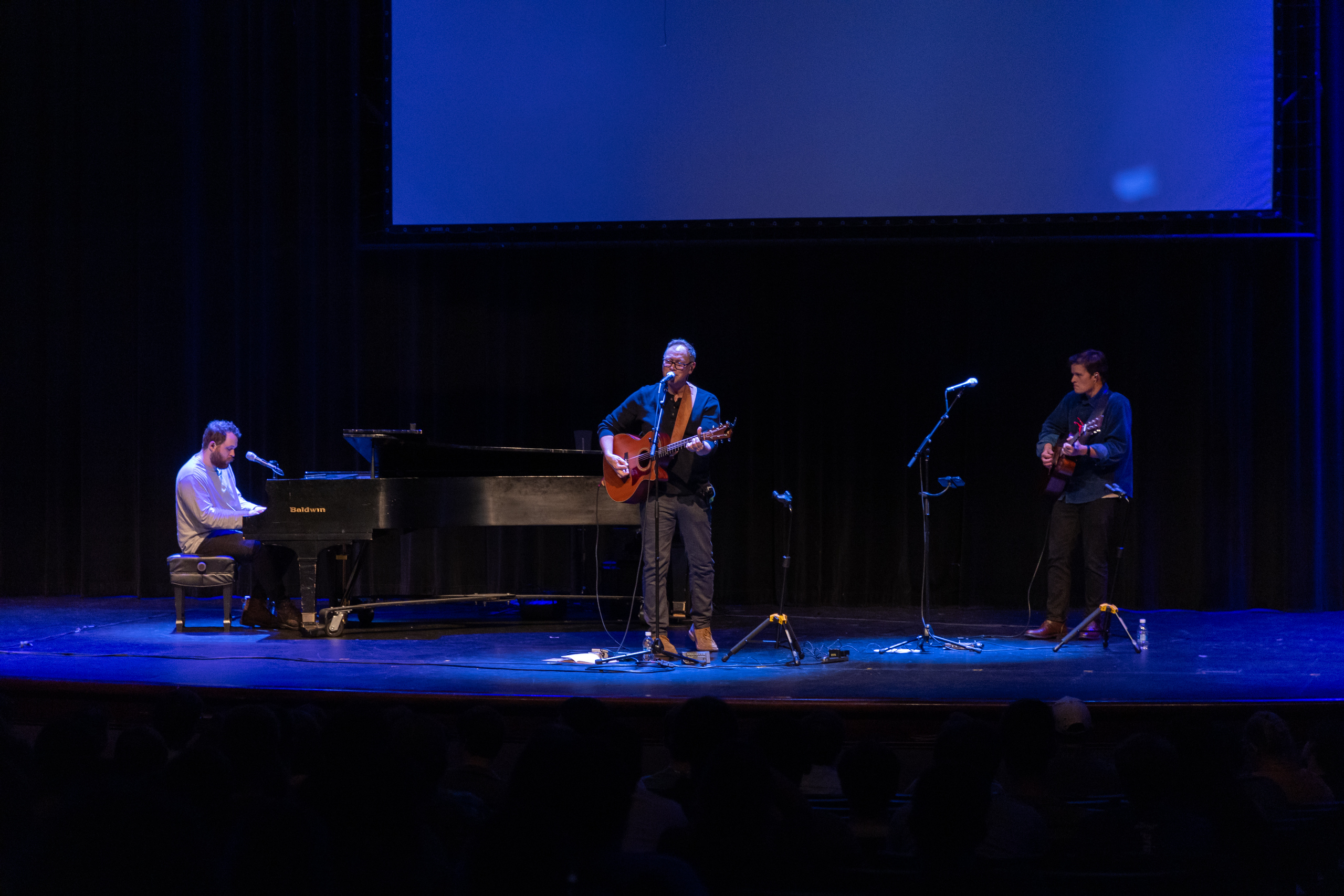Red cap. Rosy cheeks. Big, bushy white beard. A sleigh pulled by reindeer (one with a shiny nose) carrying a bag filled to the brim with toys. We’ve all grown up with some image of Santa Claus, who was introduced to us through the stories our parents told us or the magical television programs that came on each December. He’s been an integral part of the Christmas festivities dating back centuries. While it’s easy to think that the rest of the world views Saint Nick the same way we do, each culture has their own unique legend of the jolly gift-giver. Who is Kris Kringle outside of America?
I consulted St. Nicholas Center to learn more. In Germany, Sankt Nikolaus is a bishop with the canonical beard and a bishop’s miter and staff. In preparation for his arrival, people clean their homes, and children polish their shoes. Letters and carrots are left for Sankt Nikolaus and his white horse, respectively. As Sankt Nikolaus travels from house to house, he carries a list of the children’s deeds. If they’ve been good, then they receive candy, nuts or fruit; if they’ve been bad, they receive potatoes, twigs or coal.
Stories and poems are told, and children gather around one by one as Sankt Nikolaus asks them whether they’ve been good this year. Likewise, just as he gives the children presents and treats, the children give him little gifts as well. His visit is highly anticipated, even if it’s only for a short while.
In Aruba, Santa Claus is known by another name: Sinterklaas. Taken from the Dutch tradition, he arrives by boat to Oranjestad, the capital, with his Pieten helpers. Festivities commence upon his arrival, and children leave their shoes out so that Sinterklaas can fill them with treats between the time of his arrival and the main celebration on Dec. 5. Gifts are exchanged, parties are thrown and, if one is lucky, Sinterklaas and his Pieten helpers might even make an appearance.
St. Nicholas, or Nikolaos as he’s known here, is the patron saint of Greece, and it’s his job to protect sailors and others who travel the high seas. Instead of the big red coat and rosy cheeks, Nikolaos’s clothes are supposedly soaked with brine, his beard is dripping with seawater and his face is shiny with perspiration because he works hard to protect those out at sea. At Christmas, boats are decorated with blue and white lights, and little white chapels commemorating Nikolaos dot the coast. Because of how important Nikolaos is to the Greeks, numerous families name their sons after him.
Hungarian children also leave their polished shoes out in anticipation of Szent Mikulás. Similar to the American Santa Claus, Szent Mikulás has a book of the children’s deeds; however, his companions are much different. One of them is a good angel who helps pass out presents to the good children; the other is a Krampus devil who causes trouble.
Szent Mikulás delivers little packages of chocolates or other sweets to good children and twigs or wooden spoons to bad children, but since children do both good and bad deeds, they’ll often get a mixture of both.
Mikulás Day is celebrated in schools and daycares, and children sing songs and read poems in honor of him. If the children are lucky, Szent Mikulás may even stay for a little while to play games or watch a movie.
Despite the fact that Mikulás Day is generally celebrated by children, adults often participate as well, even if they don’t leave out their polished shoes.
Christians in Lebanon celebrate Mar Nkoula, or their Saint Nicholas. Mar Nkoula is a very important saint for Christians here, and many schools and churches are named after him. The most famous would probably be the Stairs of Saint Nicholas in the Achrafieh district of Beirut, which is the longest staircase in the Middle East. Like many other nations, their Saint Nicholas Day comes around in early December.
In the town of Beit Jala, they celebrate the Beit Jala St. Nicholas Festival. It’s a huge festival filled with many parades, fairs, performances and other festivities. St. Nicholas is the town’s patron saint, and they credit him with protecting them during World War II. The Palestinians also pray to him when they need help. In the mostly Christian town, almost every family has someone named after St. Nicholas.Name Day is celebrated to honor those people with the exchange of gifts and family reunions.
Whether it’s Szent Mikulás, Sinterklaas or Kris Kringle, he’s a figure known and beloved by everyone worldwide. Even though we in America celebrate Santa Claus during Christmas, he’s honored all throughout the year by many people. He holds a special place in the hearts of many, whether that’s as their protector or their Coca-Cola provider. Despite the fact that Christmas is in honor of the birth of Christ, the American Christmas today wouldn’t be the same without Saint Nick.
Katherine Carter, opinions editor

